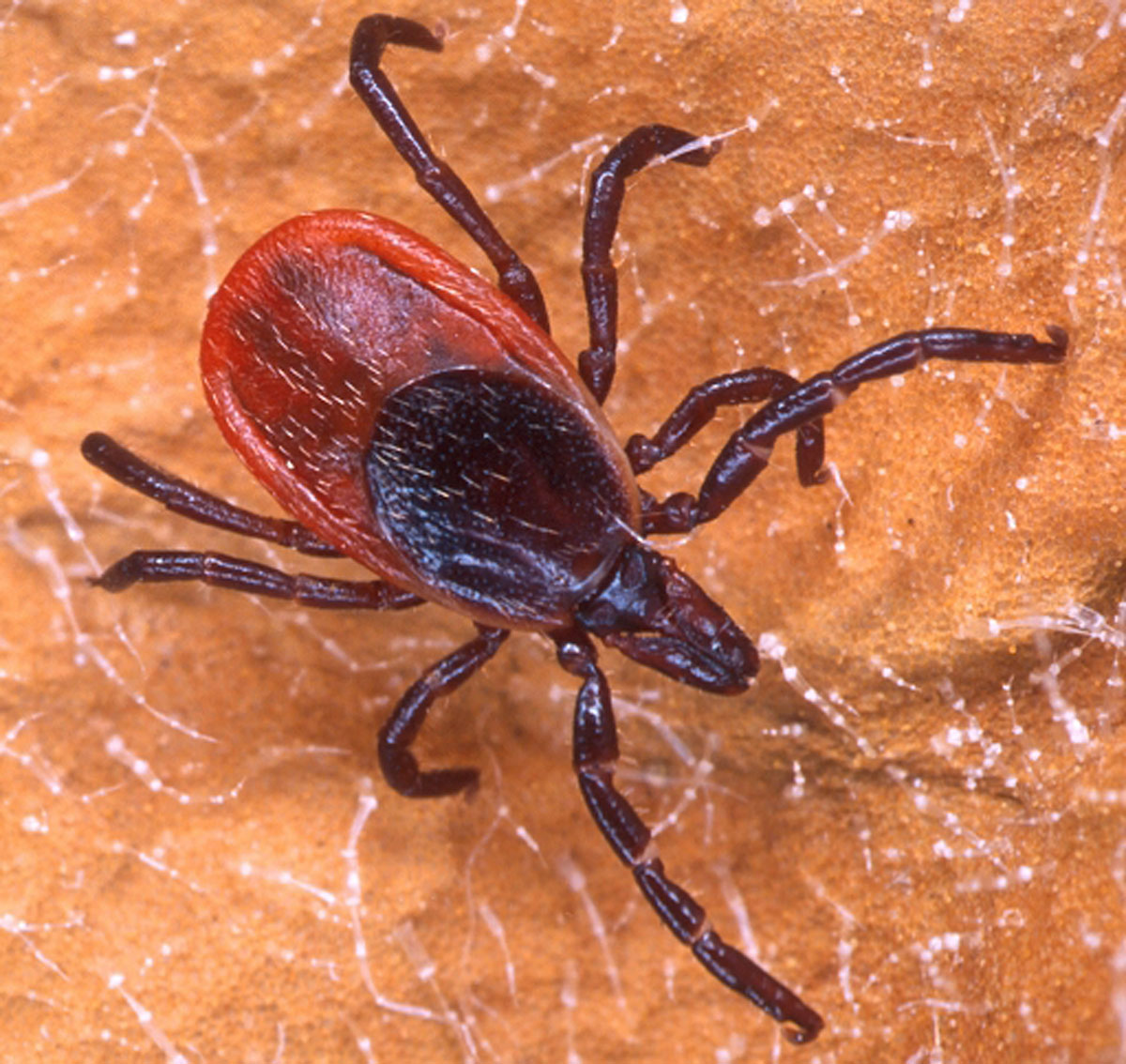
Lyme disease caused by Borrelia burgdorferi has become a very real problem throughout certain geographic areas of the Untied States. Seroprevalence in horses in endemic areas is reported to be at least 33%. Its ability to infect humans, dogs and horses has prompted significant research into not only diagnostic tools, but also antibiotic treatment possibilities.
In a recent study, several different antibiotics were evaluated for their efficacy in eliminating infection [Caol, S.; Divers, T.; Crisman, M.; and Chang, Y.F. In vitro susceptibility of Borrelia burgdorferi isolates to three antibiotics commonly used for treating equine Lyme disease. BMC Veterinary Research, Sept 29, 2017].
Horses often aren’t diagnosed with Lyme disease until infection turns into a chronic form. The delay in identifying active infection then necessitates longer treatment protocols for horses than for humans. Oral drug administration tends to elicit not only unwanted side effects, such as diarrhea, but also there is less bioavailability than the same drugs given as intravenous and intramuscular medications. The study examined in vitro minimum inhibitory concentrations (MIC) against B. burgdorferi for intramuscular ceftiofur sodium, oral minocycline and oral metronidazole.
B. burgdorferi strains tested were most susceptible in vitro to ceftiofur and least susceptible to metronidazole. The study points out that bioavailability of both doxycycline and metronidazole ranges from 20-30% in horses as compared to 95-100% in humans. Minocycline achieves somewhat better bioavailability in horses, but might not reach sufficient levels to treat neuroborreliosis, affected joints or uveitis. Ceftiofur tends to achieve better serum and some tissue MIC concentrations, although the researchers cannot say whether this applies to elimination of the organism in vivo in tissues commonly affected by Lyme borreliosis.
While the study tested only in vitro susceptibility, the authors of the study concluded that, “Minocycline and metronidazole treatments, as currently used in equine practice, could fall short of attaining MIC concentrations for B. burgdorferi.”








